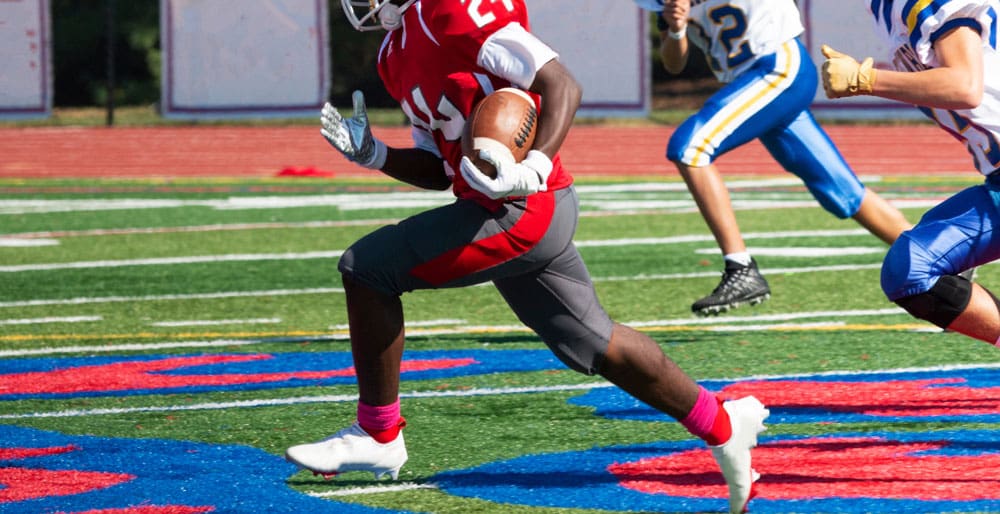
I often pose the high school sports vs church safety and security training to bring awareness to the lack of training we receive. When a high school football team, which only plays for three months during a calendar year, undergoes more training than a real-life safety and security team, it raises significant concerns about our priorities and preparedness. Below are some key points worthy of consideration:
- Importance of Training:
- High school football teams often engage in rigorous training programs that include physical conditioning, strategy sessions, and safety protocols. This level of preparation is essential for their performance and safety on the field.1 Similarly, safety and security teams, responsible for protecting lives, should receive comprehensive training to handle emergencies effectively.
- Risk and Responsibility:
- The risks faced by safety and security teams are far greater than those encountered on a football field. These teams must be prepared to respond to life-threatening situations, including active shooter incidents, medical emergencies, and natural disasters. In football, the lack of adequate training can result in severe consequences, including loss of life and legal liabilities.2 Wouldn’t the same conclusion be made for safety teams protecting congregations?
- OSHA General Duty Clause:
- Under the OSHA General Duty Clause, employers, including churches, are required to provide a workplace free from recognized hazards that are likely to cause death or serious physical harm3. This duty of care necessitates regular and thorough training for safety and security teams to ensure they can effectively mitigate risks.
- Standard of Care and Foreseeability:
- The standard of care for safety and security teams must be high, given the foreseeability of threats in today’s environment. With increasing incidents of violence at soft targets like churches, it is reasonable to expect that these teams receive training that is at least on par with, if not more rigorous than, that of a high school football team.
- Premises Liability:
- Inadequate training can lead to premises liability issues. If an incident occurs and it is found that the safety team was not properly trained, the organization could be held liable for negligence.4 This underscores the need for comprehensive training programs to ensure the safety of all individuals on the premises.
- Public Perception and Trust:
- The public expects safety and security teams to be well-prepared and capable of handling emergencies. When these teams are not adequately trained, it undermines public trust and confidence in their ability to provide protection.
In conclusion, the disparity in training between high school football teams and real-life safety and security teams highlights a critical issue. Given the significant responsibilities and risks involved, it is necessary that safety and security teams receive comprehensive and ongoing training to ensure they can effectively protect lives and property. For an easy to follow comprehensive training plan, visit my website Safety Response Team Training Plan – Kearnan Consulting Group, LLC.5
Sources
1 Coaching Safety at Every Level: A High School Football Coach’s Perspective on Health and Safety (nfl.com)
2 Football Safety Training Certification | MyWIAA
3 Do you have a game plan for school athletic event security? Shootings and other violence at high school games are not new, but they are far too common and intense – School SecuritySchool Security
4 High School Football Injury Prevention Strategies for Coaches – stack
5 Safety Response Team Training Plan – Kearnan Consulting Group, LLC

